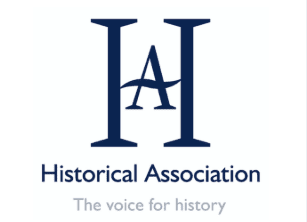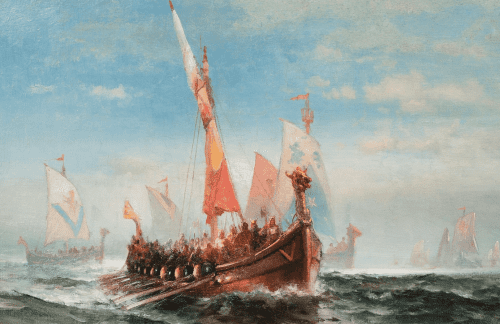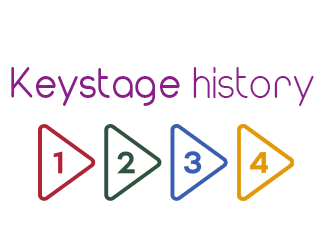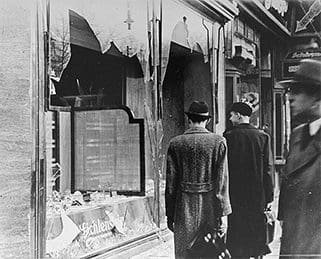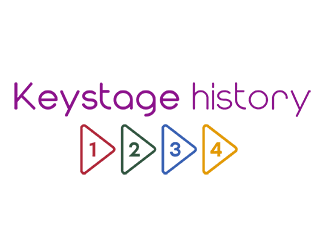
One of the most effective learning activities which you will find in a small number of the outstanding lessons is one called Prove It! Staff and children love it. Pupils are given 10 statements from a textbook and set the challenge of finding which piece of evidence enabled the statement to be paid. In order to do, a range of sources are pinned up around the room as if in an art gallery. Pupils work in pairs with the statements on the clipboard touring round the room trying to find which sources provide the evidence for the statement. I big up the fact that the children are detectives and give them a special visor to wear. The children like the physical activity bit also the precision of the task and the joy of working things out for themselves together.
Over the years teachers have refined the task, usually in the realms of differentiation. Some bright teachers have put the statements in descending order of difficulty so the lower attaining pupils aren’t faced with an impossible object on their first attempt. By contrast, the more able are asked to start at the bottom (with the most difficult) so that they spend some time in the deep end of their thinking. Also some statements can be supported by more than one piece of evidence. Whilst some need find one only, the higher attainers are challenged to find more than one-if there is one- and then to say which is the stronger supporting source.
See example lessons on the Elizabethan theatre and KS1 lessons on Grace Darling and Mary Anning also benefit from this strategy.



